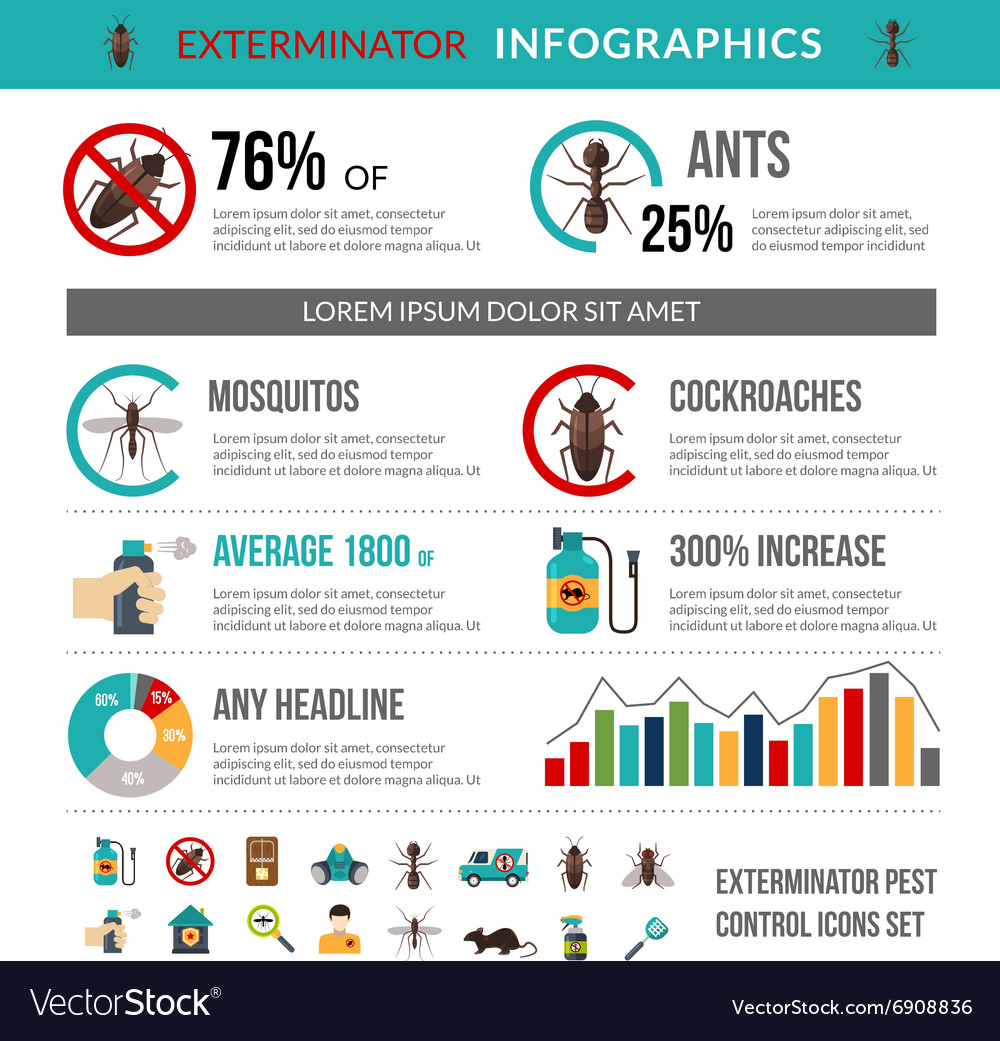Safeguarding Your Attic From Rodents: Secret Advice For Homeowners
Safeguarding Your Attic From Rodents: Secret Advice For Homeowners
Blog Article
Uploaded By-Ellegaard Garza
Picture your attic as a comfortable Airbnb for rats, with insulation as cosy as hotel cushions and wiring a lot more enticing than space service. Currently, envision browse around this site tossing a wild party in your house while you're away. As a house owner, guaranteeing your attic room is rodent-proof is not nearly peace of mind; it's about shielding your home and enjoyed ones. So, what straightforward actions can you take to secure your haven from these fuzzy trespassers?
Evaluate for Entrance Points
To start rodent-proofing your attic room, check for entrance points. Begin by carefully analyzing the outside of your home, looking for any openings that rodents might use to get to your attic. Check for voids around utility lines, vents, and pipelines, along with any splits or holes in the foundation or home siding. Make certain to pay very close attention to locations where different structure products meet, as these are common entry factors for rodents.
Additionally, check the roofing system for any type of harmed or missing out on roof shingles, as well as any kind of spaces around the edges where rodents can press via. Inside the attic, seek indicators of existing rodent activity such as droppings, chewed cords, or nesting products. Utilize a flashlight to thoroughly inspect dark edges and covert spaces.
Seal Cracks and Gaps
Check your attic room completely for any type of cracks and spaces that need to be sealed to stop rats from getting in. Rodents can squeeze with also the tiniest openings, so it's essential to secure any type of prospective access points. Check around pipes, vents, cords, and where the walls satisfy the roofing system. Make use of a mix of steel wool and caulking to seal these openings efficiently. Steel wool is an excellent deterrent as rodents can not chew through it. Guarantee that all spaces are securely sealed to refute accessibility to unwanted pests.
Do not forget the relevance of sealing spaces around windows and doors too. Usage weather removing or door moves to secure these locations properly. Check the locations where utility lines get in the attic and secure them off using a suitable sealant. By putting in the time to secure all splits and gaps in your attic room, you develop an obstacle that rats will discover difficult to violation. Prevention is key in rodent-proofing your attic room, so be comprehensive in your initiatives to seal off any type of possible entry points.
Eliminate Food Resources
Take aggressive steps to get rid of or save all potential food sources in your attic to hinder rats from infesting the area. Rodents are attracted to food, so eliminating their food sources is essential in keeping them out of your attic room.
Right here's what you can do:
1. ** Store food securely **: Stay clear of leaving any kind of food things in the attic room. Shop all food in airtight containers constructed from steel or sturdy plastic to stop rodents from accessing them.
2. ** Clean up particles **: Get rid of any type of stacks of debris, such as old papers, cardboard boxes, or timber scraps, that rodents can make use of as nesting product or food resources. Maintain the attic room clutter-free to make it much less attractive to rats.
3. ** Dispose of trash correctly **: If you use your attic for storage space and have trash or waste up there, make sure to throw away it frequently and effectively. Decaying trash bin bring in rats, so maintain the attic room tidy and free of any kind of natural waste.
Final thought
Finally, bear in mind that an ounce of prevention deserves a pound of treatment when it pertains to rodent-proofing your attic room.
By making the effort to examine for access points, seal fractures and voids, and eliminate food sources, you can maintain unwanted pests at bay.
Keep in mind, 'An ounce of avoidance deserves an extra pound of cure' - Benjamin Franklin.
Keep proactive and secure your home from rodent invasions.
